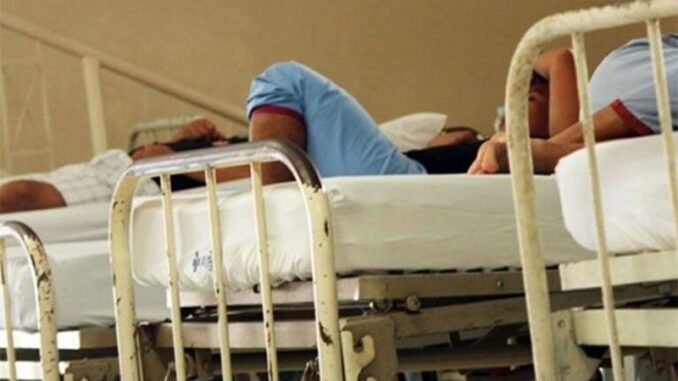
MANILA, Philippines — The country’s health care spending rose by 17 percent to P1.44 trillion in 2023 from P1.23 trillion in 2022 amid rising medical costs.
Data from the Philippine Statistics Authority (PSA) showed that the total health expenditure accounted for 5.9 percent of the country’s gross domestic product, higher than the 5.6 percent share to GDP in 2022.
The PSA said every Filipino spent an average of P11,083 for health care last year, 8.3 percent higher than the P10,238 expense in 2022.
Rizal Commercial Banking Corp. chief economist Michael Ricafort said in an email that the growth in total health expenditure and per capita health spending was higher than the average economic growth of 5.5 percent in 2023, “largely due to higher prices or inflation on medical or health care in the country.”
Inflation averaged six percent in 2023, higher than the 5.8 percent in 2022.
Among the health care financing schemes last year, household out-of-pocket payments contributed the highest to the current health expenditure at 44.4 percent.
Government schemes and compulsory contributory health care financing schemes came in next with a 42.6 percent share, while voluntary health care payment schemes accounted for 13 percent.
Moody’s Analytics economist Sarah Tan said in an email that out-of-pocket expenses by households tend to contribute the largest share to total health expenditure in the Philippines partly due to the lack of access to private medical insurance, with only around three in five Filipinos insured, plus the lackluster government spending.
“However, we expect the role of the government to become more prominent moving forward as efforts are underway to increase their support,” she said.
She cited the $450 million loan approved by the Asian Development Bank in December last year to help the government scale up its health care reform under the Build Universal Health Care Program as part of efforts being undertaken.
She also said the increased allocation of funds to health care should see a top-up in government expenditure this year.
“If the budget is fully utilized, the category comprising government schemes and compulsory contributory health care financing scheme will gradually take over as the largest contributor,” Tan said.


Be the first to comment